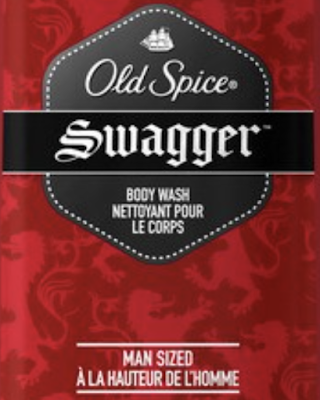Na na na na
Na na na na
Hey hey hey
Goodbye
Yes, yes . . . I do realize that I featured “Na Na Hey Hey Kiss Him Goodbye” on 2 or 3 lines just last month.
I do occasionally forget that I’ve featured a particular song and and write about it a second time. In fact, I just discovered today – completely by accident – that another one of the songs I wrote about in July had already been featured in 2 or 3 lines. But that song had originally been featured in 2010 – which was a l-o-o-o-n-g time ago. (I’ve written about well over 1200 songs since giving birth to 2 or 3 lines in 2009. If you expect me to remember each and every one of them, you are going to be sadly disappointed!)
But my decision to feature “Na Na Hey Hey Kiss Him Goodbye” a second time so soon about writing about the first time was not the result of forgetfulness. Keep reading and you’ll see why I decided to double-dip on this song.
* * * * *
I wonder how many Americans could identify Roger B. Taney? Five per cent is probably an optimistic guesstimate – two per cent may be more like it.
And I doubt that more than a handful could pronounce Taney’s name correctly. (It’s “TAW-ney,” not “TAY-ney.”)
Taney was the Chief Justice of the U.S. Supreme Court from 1836 until he died in 1864. That makes him the highest-ranking government official ever who hailed from Maryland.
Prior to his appointment to the Supreme Court, Taney had served as Andrew Jackson’s Secretary of War and his Attorney General. Jackson nominated him to be his Secretary of the Treasury as well, but the Senate voted his nomination down because Taney had helped Jackson kill the Second Bank of the United States. (Would you like to hear more about the controversy over the Second Bank of the United States? I didn’t think so.)
Because Taney was kind of a big deal, his home state commissioned a life-size bronze statue of him, which has stood on the grounds of the Maryland State House since 1872.
Until last week, that is, when it was lifted on to a flatbed truck in the dead of night and driven to an undisclosed storage facility.
* * * * *
Unlike Robert E. Lee and Jefferson Davis and the other historical figures whose statues are being hidden away faster than you can say “Jack Robinson,” Roger Taney was never a general in the Confederate Army, and he never held office in the Confederate government.
Taney was loyal to the United States until his dying day. In fact, he was still the Chief Justice of the U.S. Supreme Court when he died in 1864, when he was 87 years old.
So why did the sovereign state of Maryland decided to remove the statue of Taney that graced the State House grounds for over 140 years?
We’ll get to the bottom of that in a future 2 or 3 lines. But I’ve promised to explain why “Na Na Hey Hey Kiss Him Goodbye” has been featured on my wildly popular little blog twice in as many months. And explain that I shall.
* * * * *
The Washington Post described how the Taney statue was disappeared in the dead of night:
Workers came to the Maryland State House grounds after midnight on Friday [August 18] to dismantle a controversial statue of . . . Roger B. Taney.
Thursday night, police blocked off the streets around the State House complex. Soon, a crane and two flatbed trucks arrived.
More than two dozen bystanders looked on as a crew began removing the memorial from its base.
As the crane’s arm extended toward the monument shortly after 1 a.m., sprinklers were activated on the State House lawn, briefly disrupting the effort. After work resumed, the crane lifted the statue and maneuvered it to a flatbed truck, where it was wrapped in a tarp and driven away around 2:20 a.m.
The onlookers, who had been largely quiet, chanted “Na, na, na, na, hey, hey, hey, goodbye.”
Just imagine the scene. A few loons who have nothing better to do show up in the wee hours to cheer on the contractors hired to lift the statue on to a truck and drive it away – a lengthy and undramatic operation that was about as exciting as watching paint dry.
As the truck carrying the uprooted statue skulks away, the onlookers start to sing a sixties pop song that is routinely sung to taunt visiting sports teams.
Quelle absurdité!
As the truck carrying the uprooted statue skulks away, the onlookers start to sing a sixties pop song that is routinely sung to taunt visiting sports teams.
Quelle absurdité!
* * * * *
Instead of featuring the original 1969 recording of “Na Na Hey Hey Kiss Him Goodbye” again, I’ve decided to feature Bananarama’s 1983 cover of the song.
That Bananarama cover became a #5 single in the UK, but sank like a stone in this country – it failed to crack the Billboard “Hot 100.”
Here’s the official music video of Bananarama’s “Na Na Hey Hey Kiss Him Goodbye.” Check out the clothing, the hairstyles, and the choreography . . . all of which are simply ridiculous.
Which makes it the perfect song to accompany a story about the removal of Roger Taney’s statue.
Click below if you’d like to buy the Bananarama cover from Amazon:









































